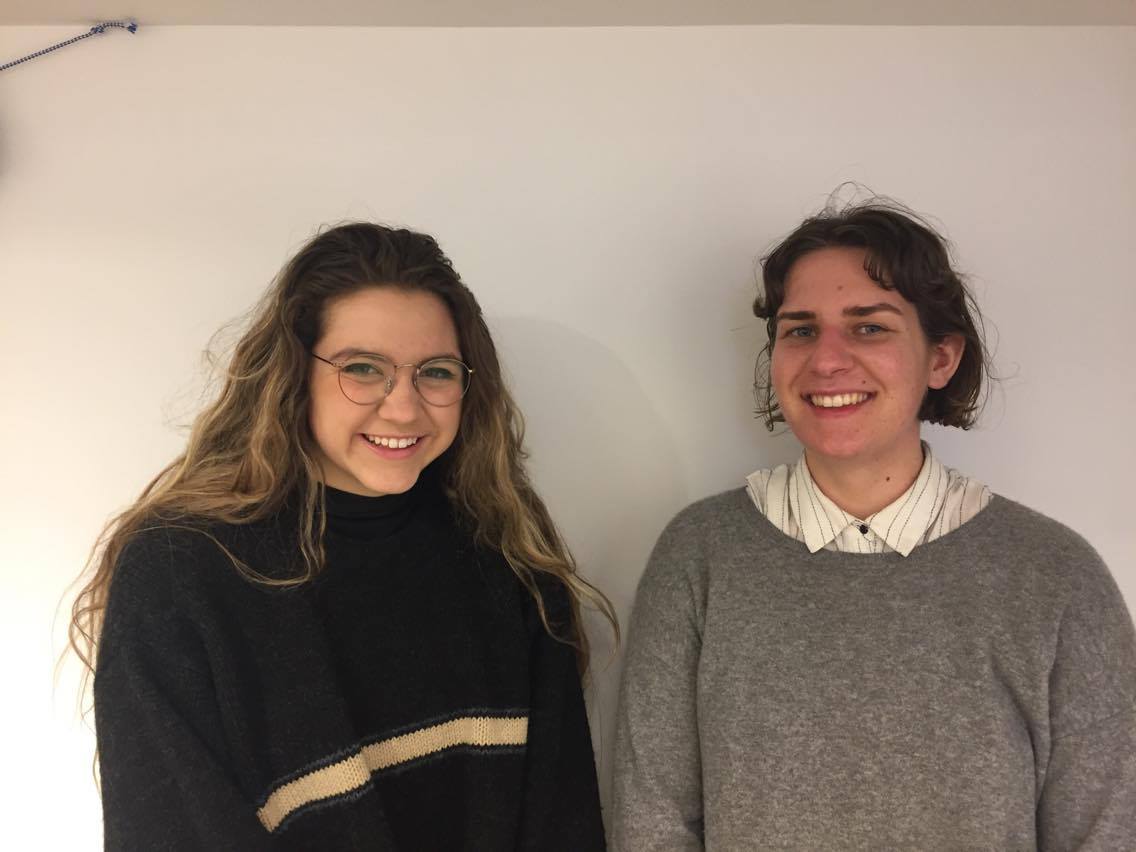
Emma-Tamsin Rath and Greta Hamilton. Photo by Lianne Xiao
Words from Home
In Interviews • # Brianna Dunn, Emma-Tamsin Rath, Greta Hamilton, Halifax, Immy Brohull, installation, Klara Ingersoll, laundry, Laundry Room Gallery, Sienna Maeba, visual art
The Patchwork Exhibition debuted on March 31st in the Cochran Bay Laundry Room Art Gallery. Curated by Greta Hamilton and Klara Ingersoll, the student-run gallery features art in all forms focusing around the theme of “home.”

Emma-Tamsin Rath and Greta Hamilton
Why did you choose this theme of “home?”
G: Well, the theme of home is a loose way to talk about textiles and ceramics. I wanted to do a show about the labour of our matriarchal lineages and matriarchal crafts which our mothers and our grandmothers partake in and how those interact with contemporary art practices. Home is about labour and ephemera and bonds. I’ve also been thinking about going home. It’s on the brain.

Could you speak about your art?
E: I did a series of diptychs around the theme of nightlight and how spaces change from day to night. I did a walk around my neighbourhood when I was at home, in Ottawa, and I photographed stuff that I would see every single day and was super familiar to me. It kind of resulted in these fun photos playing with light and difference. They fit really nicely in the space and definitely talk about how it feels to be at home—because I’m not afraid of the dark there.

Why did you choose this contrast?
E: I wanted to show the viewers how different it was between day and night, and I titled the piece “Nightlight” because we always feel more comfortable with the lights on. In a setting that you’re so familiar with, it doesn’t matter if the lights are on or off because you just know where everything is.
How does this piece reflect on how you feel about Ottawa vs. Halifax and the concept of home?
E: Moving to Halifax, 13 hours away from where I grew up and was so familiar with, was a huge shift for me. Seeing this work in Halifax is a really great moment for me because in the middle of the year, I referred to Halifax as home and I really offended by mother through that. The concept of home is such a shifting thing and home is not just in places but in people. So, I found home in a lot of people here.

Could you speak about the general type of art that you do?
E: I really enjoy cinematography and photography and a lot of projection pieces on translucent objects like balloons or plexiglass prisms. I’m an interdisciplinary artist. Most of my work revolves around strong concepts.
Could both of you speak about this laundry room as home?
E: I feel like a gallery in a laundry room is such an interesting concept. Like, nobody really thinks of the gallery outside of our institution and we’re here in this beautiful space with beautiful works on the wall and it totally transforms.
G: For me, it’s two things that seem really natural about it. One is that this laundry room challenges the way we understand what a gallery is as an institution—especially because this is a student-run space. The other thing, about laundry, is that it’s a gendered idea of work and it pairs well with the objects. And again, there’s the idea of how we understand our mothers.
E: It’s unpaid labour that goes without thought. It just seems to be a woman’s job.


How does this concept of labour play into your every day life?
E: There’s this feeling that you always have to working and producing to be a prominent artist in the community. It’s really tiring. It’s so hard to push yourself to be creative when you feel so drained inside, but you know that’s what you have to do to create interesting and beautiful things.
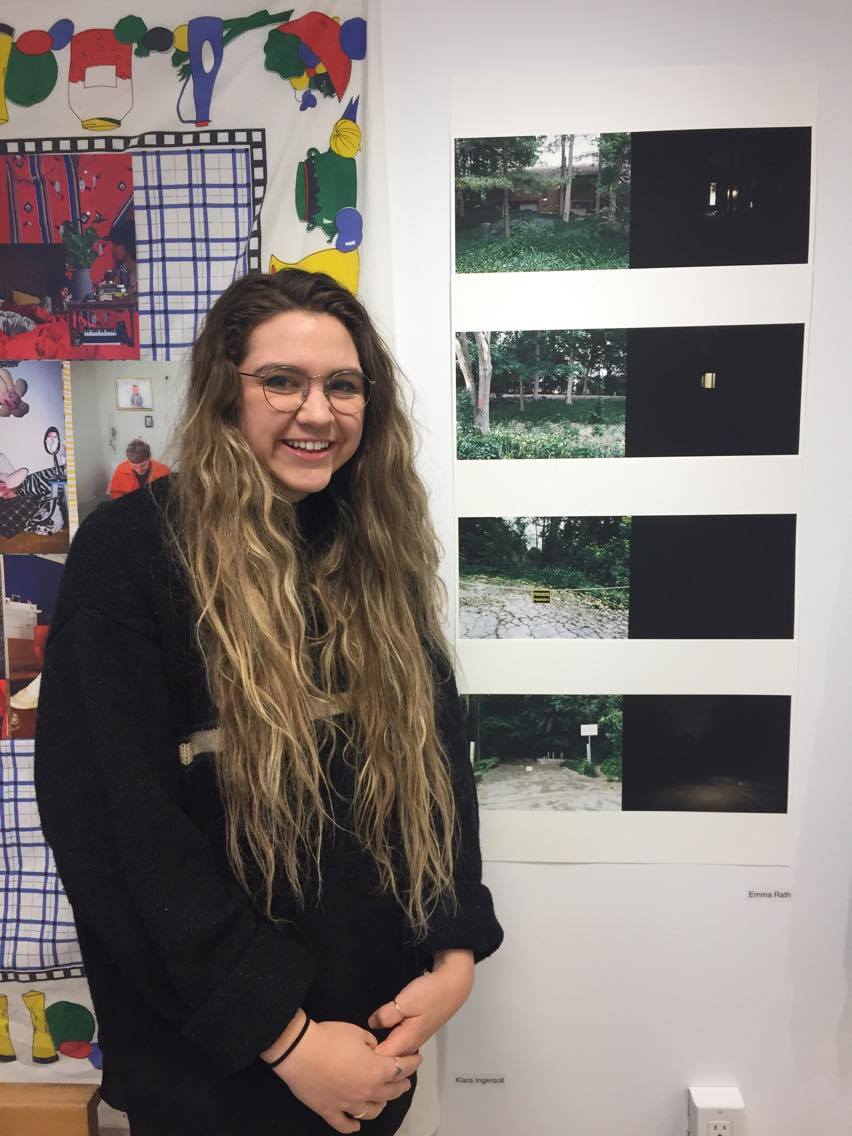
G: Well, we just read Hannah Arendt in FYP and I’ve been obsessing over labour, work, and action. She talks about labour as this cyclical oppressive activity that you’re constantly facing. Labour is the means with which you keep yourself alive, like eating and sleeping and work is what you make with your hands. It’s interesting because art can be labour and work. For a lot of artists, it’s also a way to stay alive.
E: It’s so interesting how we see fabric and ceramics and even photographic images in magazines and newspapers. It’s so common that they dematerialize as an art object. This gallery is interesting because it’s bringing that back up. Craft is often looked down upon and it’s great to see that it’s coming back.

G: I wonder why it’s coming back. There’s definitely a movement around artisanal things that require a lot of time and labour to make. I worry about the commodification of these things and I wish we could live in a world where we all live on sheep farms and have our own sheep and shear our own wool and wash it and dye it and card it and spin it and knit with it.
Brianna Dunn, Immy Brohull, Sienna Maeba, Klara Ingersoll
Could you tell me about your art that was displayed in the gallery?
B: The piece I had in the gallery is an old dress of my mom’s. I embroidered a bunch of cartoons of people and objects from my childhood onto it in a variety of colours. I stitched the faces of all my family members, my dogs, furniture from my childhood home, and doodles of comfort food.
I: The six 8×12 photographs I had in the show were shots I’ve taken over the past three years. They are all film photographs and none of them were shot on the same roll. The series groups photos with the same theme taken at various times, mostly last spring.

S: The work that I had in the show are from on going series that focuses on independent and co-dependant rituals you create when you are in a relationship and sharing space with another person. As well as how you idolize these rituals when you can no longer engage in them when your significant other is no longer your other.
For example, the print of the carton of eggs is about grocery shopping and how it becomes a steady activity that you do together and then become numb to, until you have to do it alone for the first time. The other print is about eating habits and cooking. When in a relationship, cooking becomes a tag team event and you get to share the end product together, but when separated you tend to eat less and only make portions of the breakfast for yourself. The other piece I had in the show was a patch printed on linen, a common (and my favourite) household material. The patch is of a gin and tonic with the words “on edge.” I guess it speaks for itself in that sense, but it’s also about how casual drinking becomes less of a social experience and more of a self care ritual I have taken up for myself. Going out was something that I took for granted when in a relationship and now it seems like an unattainable lifestyle unless it’s just me, my bed, Netflix, and my gin and tonic.
I also had embroidery in the show. The work I do with that is based on things that I use a lot or no longer use at all. I had the apple and orange juice patch, two juices that have become a classic go-to beverage for me and something I would share with a past partner every meal, where we would have one glass of apple and one of orange juice. This was became a comforting habit and I think it made me feel at home—like I was being looked after. I also had the milk bag patch. This milk bag is based on the ones that are sold where I’m from in Ontario. I don’t do dairy, although it was a huge part of my childhood, I recently decided to avoid dairy all together, because of health reasons and because the dairy industry is slimy. This patch is idolizing what I thought was a good thing for so long, until I realized how problematic and unfit it was for my lifestyle.

K: As a co-curator, the concept for the whole show and my portrait project were closely intertwined, influencing each other, and becoming synonymous. My ‘Patchwork’ quilt is made up of portraits of people who have shaped my experience in and outlook on Halifax, which feels increasingly like my home, on a tablecloth that I found when I first moved to Halifax. The whole show was a reflection process for Greta and I, and a way for us to say a sort of goodbye. In the portraits I took, people are in their own homes, wearing and holding the things that are most special to them, while a song of their choosing plays in the background. While taking each person’s portrait, I explained to them my understanding of the project and asked them to define it for themselves by choosing how they wanted to be portrayed and explaining their personal understanding of home and what makes up comfort. There is a sound accompaniment to the quilt of portraits: a stream of recordings of each person telling the story of their own home space, explaining the significance of each of the items they chose to be pictured with, which was playing out into the room next to the quilt.
Could you speak about the theme of “home” and how it relates to your art?
B: I was completely inspired by the theme of “home.” I wanted to make something for the gallery, and when I saw the theme, I knew that I wanted to do something pretty literal. I saw the dress in my closet and decided to do something to it; it’s just plain denim and doesn’t get that much wear. Since it belonged to my mom, I thought there could be a definite home connection there. I started to list off in my notebook specific memories or objects that remind me a lot of my mom, then my family, then my home. This piece is really personal to me. The fact that this is my mom’s dress alone is special, but now that it has images on it that are so specific to me and my life, it has become even more so. It also makes it even cooler to share with the community.
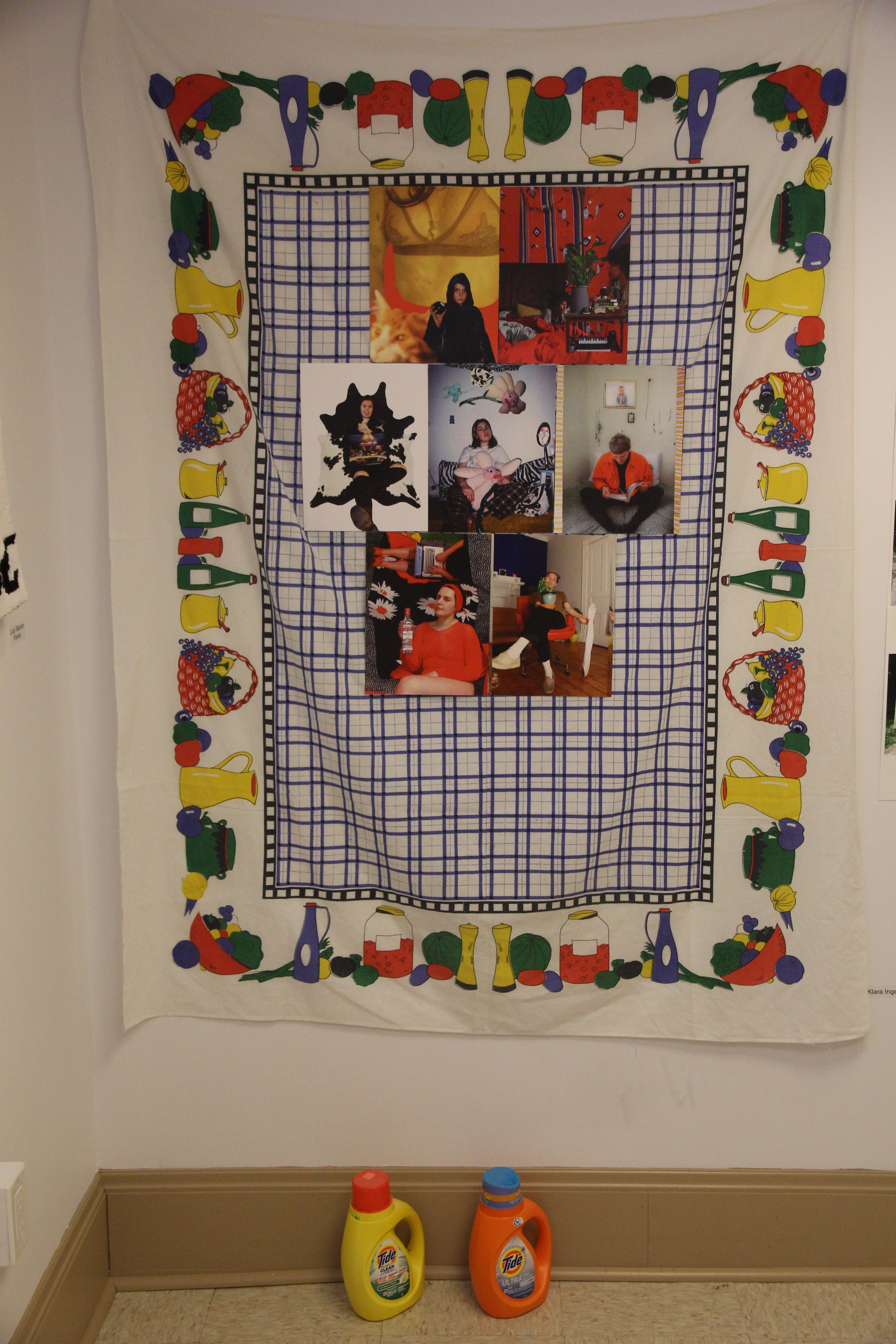
I: I’m not originally from Halifax so I wanted to find images that reflected the theme of “home” in Halifax. To be honest, I thought first of all the friends I have here that I love cause you know, home is where the heart is and all that bullshit. But then I thought more about my photography and my actual life as an adult and realized that in reality home is where I am alone.
Most of these photos make me wince a little because they were taken last spring in the months after my brother died. I chose to center the “home” theme around food in this series because it is such an indicator of whether or not someone is taking care of themselves when they are living on their own and no longer with family. I wanted to reflect that “home” might mean sitting in bed eating only the artificial cheese out of Ritz Bitz crackers, eating a steak off a cutting board because you don’t have the energy to do another dish, or opening up your fridge and realizing that you haven’t cooked in weeks. In a way, it’s anti-home because you’re alone. I’m glad I shared these photos because they were artifacts of a depression I kept very private within the confines of my apartment, and only now am I able to liberate them by looking at them as art.
S: The theme of home for me is reflecting on comfort, the sense of protection, vulnerability, and everyday activities you share with others or alone. When creating these pieces, I was working and printing some of the prints in my dorm room, and for me that process became part of work. Because dorms are not that big and sharing a space with someone can be a bit daunting, I feel like sometimes I’m so conscious of myself and everything I do; I want to respect my roommate and her space.
Could you speak about what it was like to display your work in a laundry room? What themes from this location played into your art?
I: I loved the domestic theme of the laundry room gallery that a lot of the other artists picked up on as well. There was a real kitchen/food vibe running through a lot of the art and that was great to see in relation to my own art. I thought all the art kind of talked to each other and that was dope. I didn’t even realize until I walked in there and was like “Oh, ha, laundry room… home… duh this is intentional.” I guess I just assumed the theme and the location were not related.
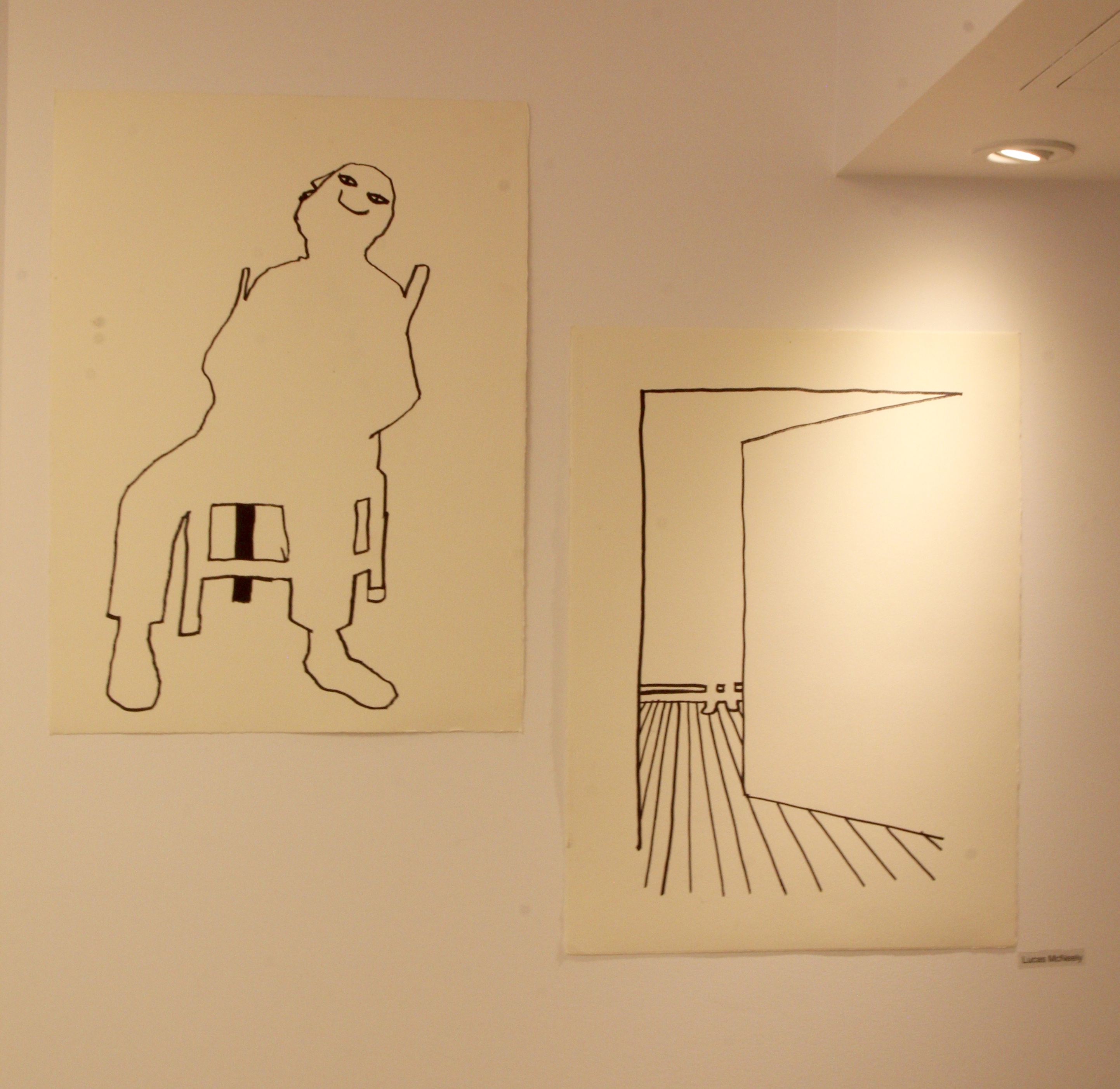
S: Print making requires a lot of space to dry prints, and I feel like the process of having to lay out all the prints on the floor and take up space that is not my space is stressful. I feel like I need to tread lightly when taking up this space for art making and materials. I think that this project really made me realize the kind of lifestyle and living conditions I have been in this year.
Laundry rooms are known for being empty and a place you don’t normally find yourself in with over 20 people, let alone having the walls covered in art. Laundry at King’s has become a ritual for me. Every two weeks, give or take, I bring my laundry down, fill two machines, set a timer for 30 minutes, go back to room, go back down, switch clothing over to dryer, set another alarm for an hour, go back to room, go back down, bring laundry up, then fold and put away. It’s the same process every time. Doing laundry makes me feel like I am independent and looking after myself in a place that I call my home but isn’t really my home. It’s more of a room in a city that I’m not from and I don’t completely understand yet.
K: It was funny, lots of people were jarred by what was going on as they walked through to do their laundry.
Anything else you want to add?
B: Just want to add how impressed and happy I was about the whole experience! I’ve learned about so many artists in the community that I hadn’t known about before, a lot of them within the King’s community. It was such a brilliant idea and so well executed.
K: I am in the process of putting the project online, so people who weren’t able to be at the show can see and hear it. My photographs from the opening of the show will also be up real soon. Come to our closing party, ‘Missing Sock Hop’ this Saturday night!
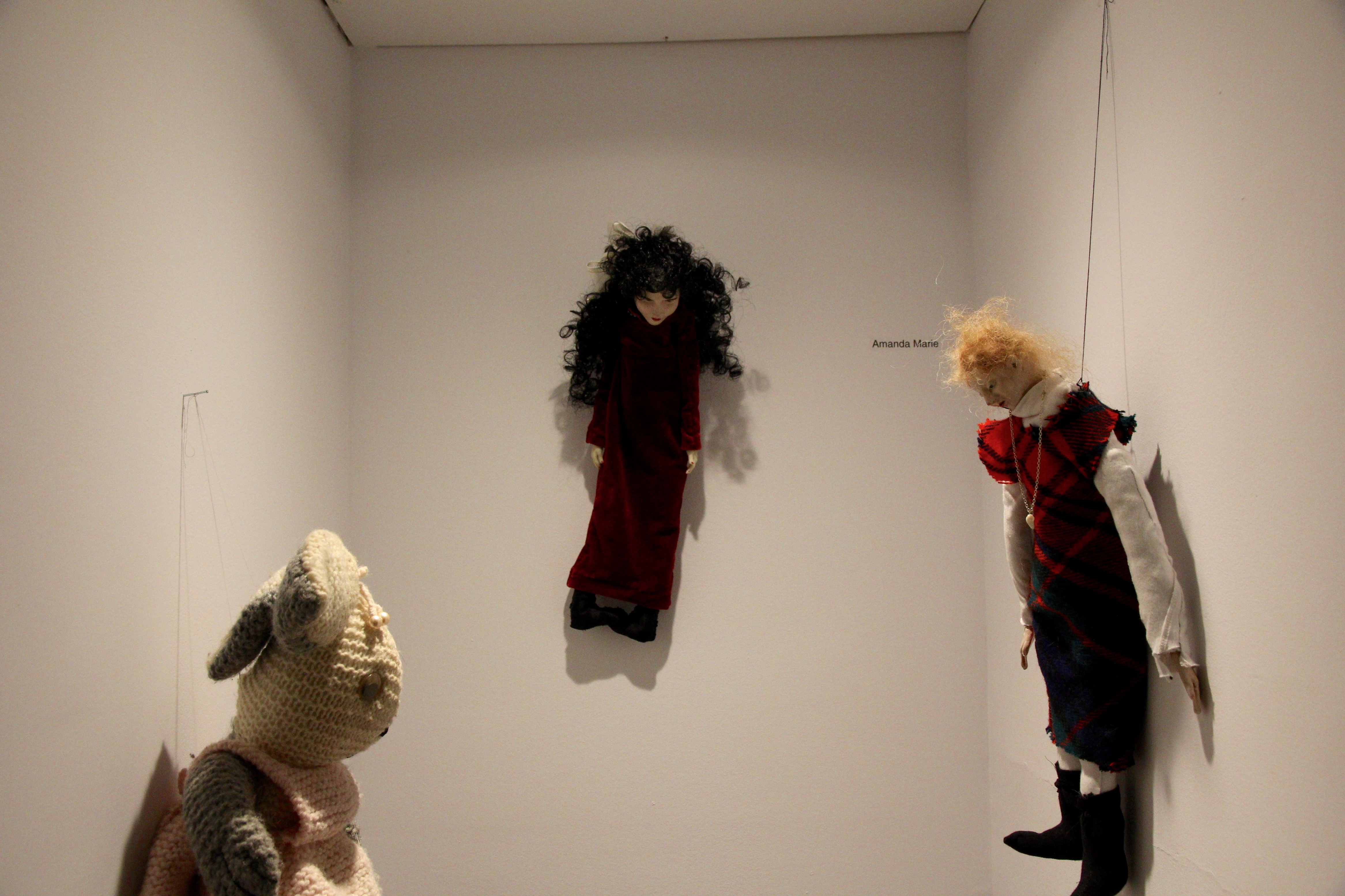
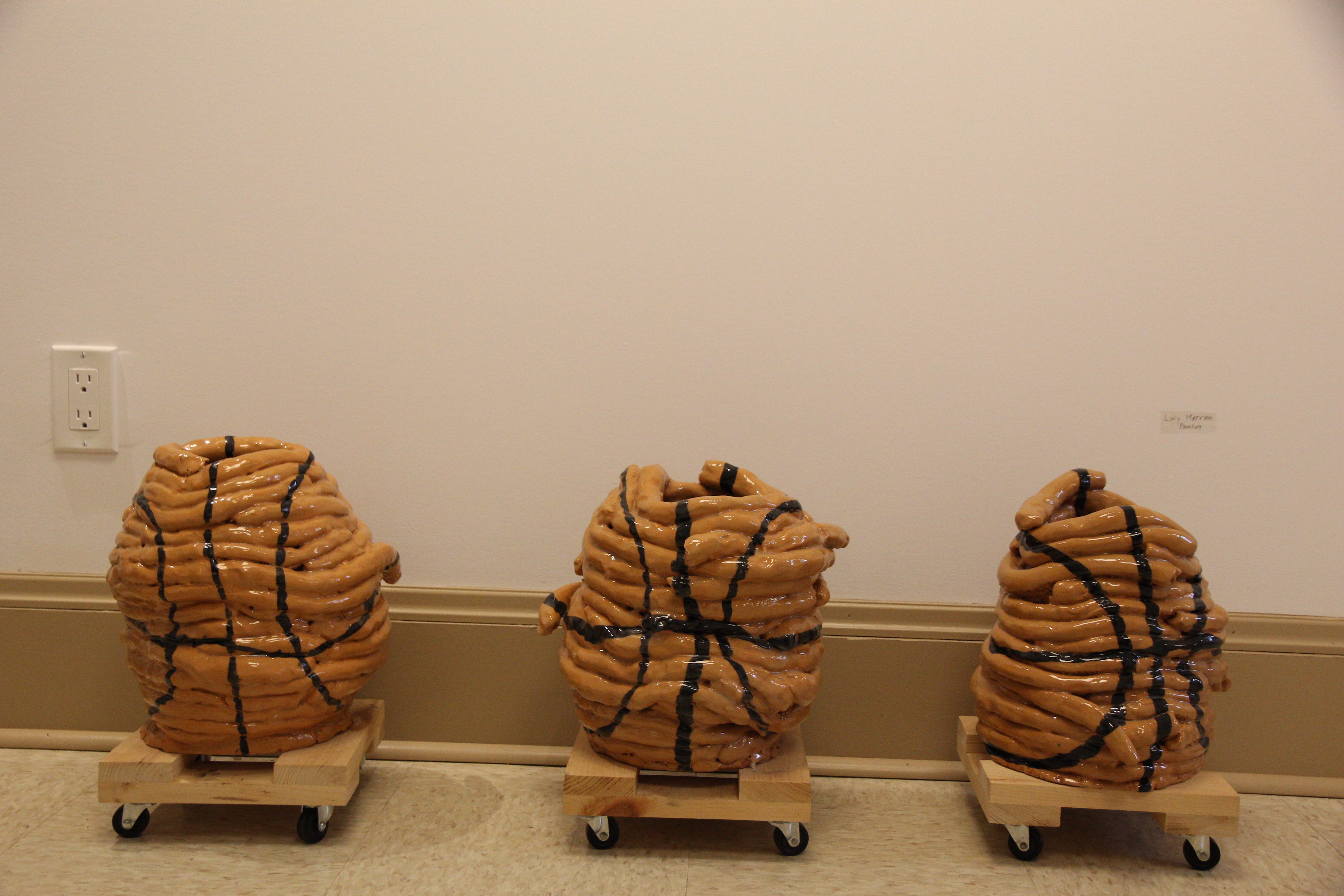
~
~